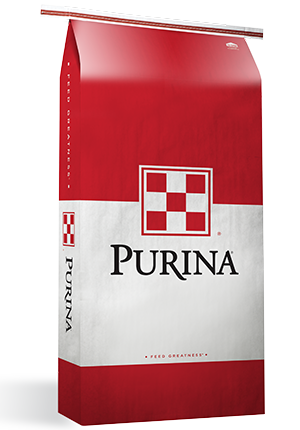
Advances in Microbiome Diagnostics for Poultry Health and Performance
Nutrition : Nutrition
Management : Management

What is the microbiome and how can microbiome diagnostic data guide our understanding of poultry health and performance?
The microbiome is composed of all the microflora (bacteria, viruses, protozoa, and fungi) that live on or within a host organism. In poultry, the gastrointestinal bacteria have been the most widely studied and evidence indicates that these bacterial populations are influenced by environment, diet, and age of the host bird (Oakely et al., FEMS Microbiology Letters, 2014). Not only are the gastrointestinal bacteria affected by the bird, but these bacteria are also believed to modulate immunity and inflammation in the bird (Broom and Kogut, Veterinary Immunology and Immunopathology, 2018). Alterations in the bacterial microbiome of commercial poultry has been correlated with both health and performance (Johnson et al., Applied and Environmental Microbiology, 2018).We also know that antibiotic growth promoters alter the gastrointestinal microflora which may be one mechanism by which antibiotic growth promoters improve performance (Costa et al. PLOS ONE, 2017). Other products, like prebiotics and probiotics, have also been shown to change the microbiome profile (Gadde et al., Animal Health Research Reviews, 2017). Together, this information highlights the wide variety of factors that impact the microbiome and points toward the possibility that altering the composition of the microbiome can contribute to health and performance in poultry.
Technological advances have drastically improved both the speed and cost of analyzing the microbiome. In the past, scientists relied heavily on culture methods to identify bacterial populations in various samples. However, this methodology has many limitations when trying to identify the scope and abundance of bacteria present. For example, many bacteria are unculturable or have not been fully characterized, making identification difficult. More recently, 16s-rRNA gene sequencing has provided scientists with an opportunity to better understand the vast array of bacteria that are present within poultry. Initially, sequencing methodologies were cost and time prohibitive for all but the most advanced laboratories (Clarridge, Clin Microbiol Rev, 2004). However, as the technology has improved, the equipment has become more economical, opening the door to many new research and diagnostic possibilities.
The advances outlined above have led to the development of new techniques for assessing bird health and performance. For example, recent studies conducted by Purina Animal Nutrition have shown that an imbalance in Lactobacillus populations in the gastrointestinal tract and on the skin may contribute to dermatitis in both layers (focal ulcerative dermatitis) and turkeys (cellulitis). This is an interesting finding, considering that the causative agents of dermatitis in these two scenarios are not the same. Additionally, the results also indicate that the gastrointestinal flora may influence the flora present on the skin and trigger imbalances that lead to lesion development. This information has resulted in a better understanding of how to prevent these diseases by identifying opportunities for modulating the microbiome.
In the future, the poultry industry will likely see microbiome technology gain traction as a means for developing new products and assessing bird health. Research efforts are currently underway to determine how bacteria interact with the host and how to modulate this interaction. Development of new products which can alter the microbiome will help the poultry industry continue to reduce antibiotic usage. The potential applications for these new insights are substantial and will ensure that the poultry industry continues to innovate and lead the charge for improved sustainability in animal production.
Broom and Kogut, Veterinary Immunology and Immunopathology, 2018, https://pubmed.ncbi.nlm.nih.gov/30596380/
Clarridge, Clin Microbiol Rev, 2004, https://www.ncbi.nlm.nih.gov/pmc/articles/PMC523561/
Costa et al. PLOS ONE, 2017, https://journals.plos.org/plosone/article?id=10.1371/journal.pone.0171642
Gadde et al., Animal Health Research Reviews, 2017, https://pubmed.ncbi.nlm.nih.gov/28485263/
Oakely et al., FEMS Microbiology Letters, 2014, https://pubmed.ncbi.nlm.nih.gov/25263745/


